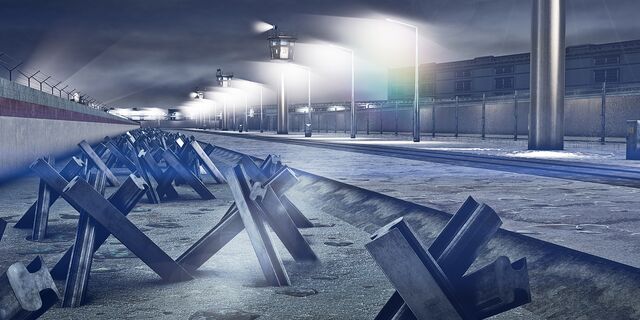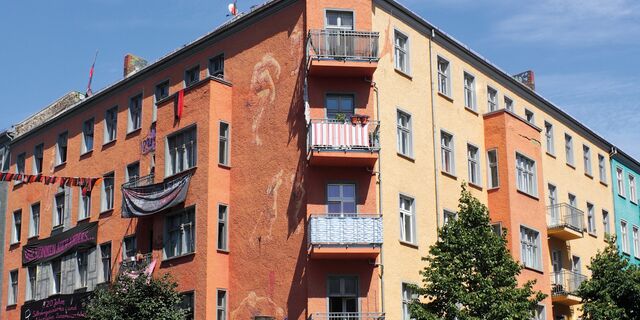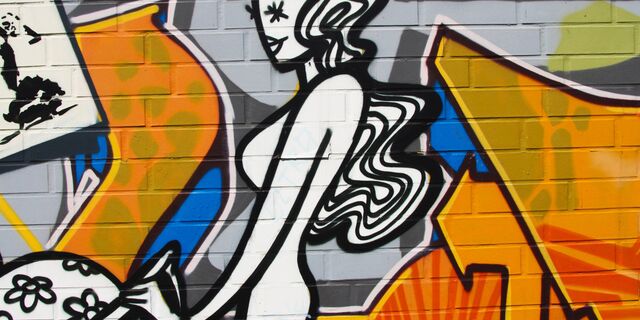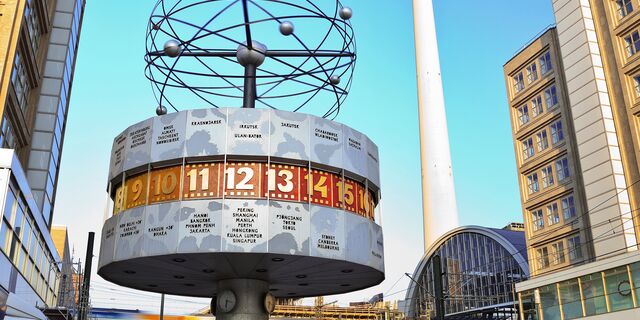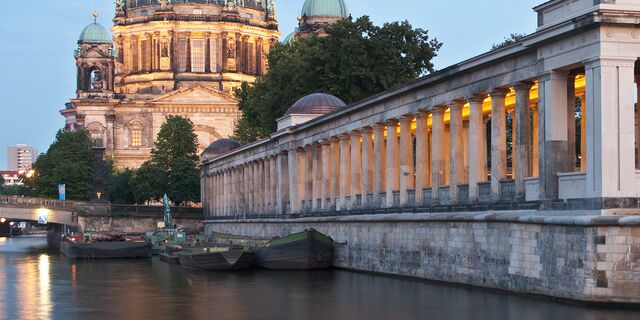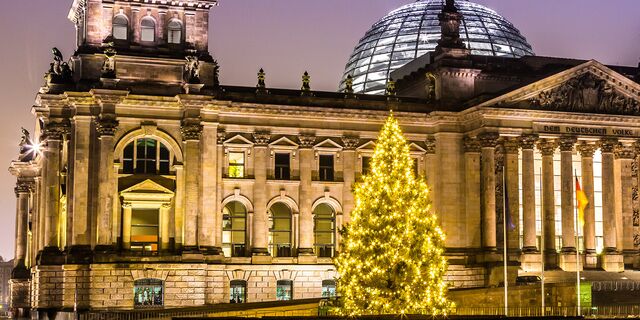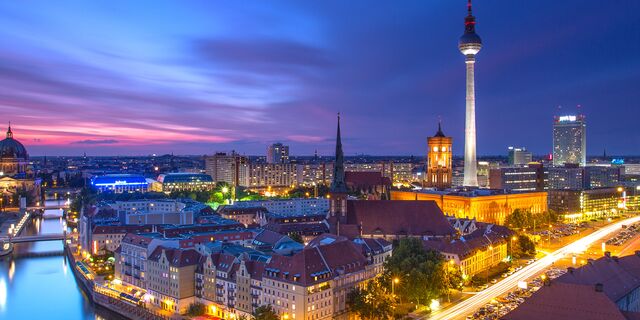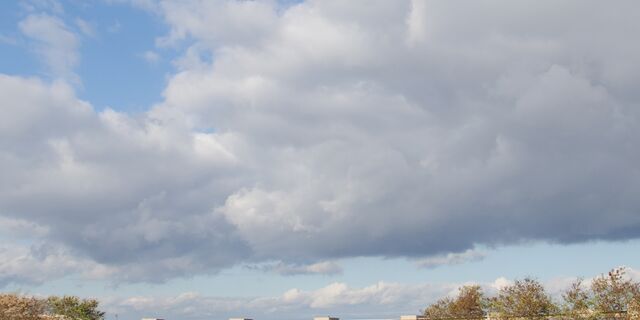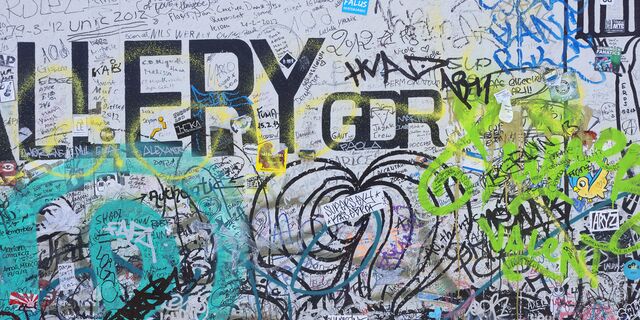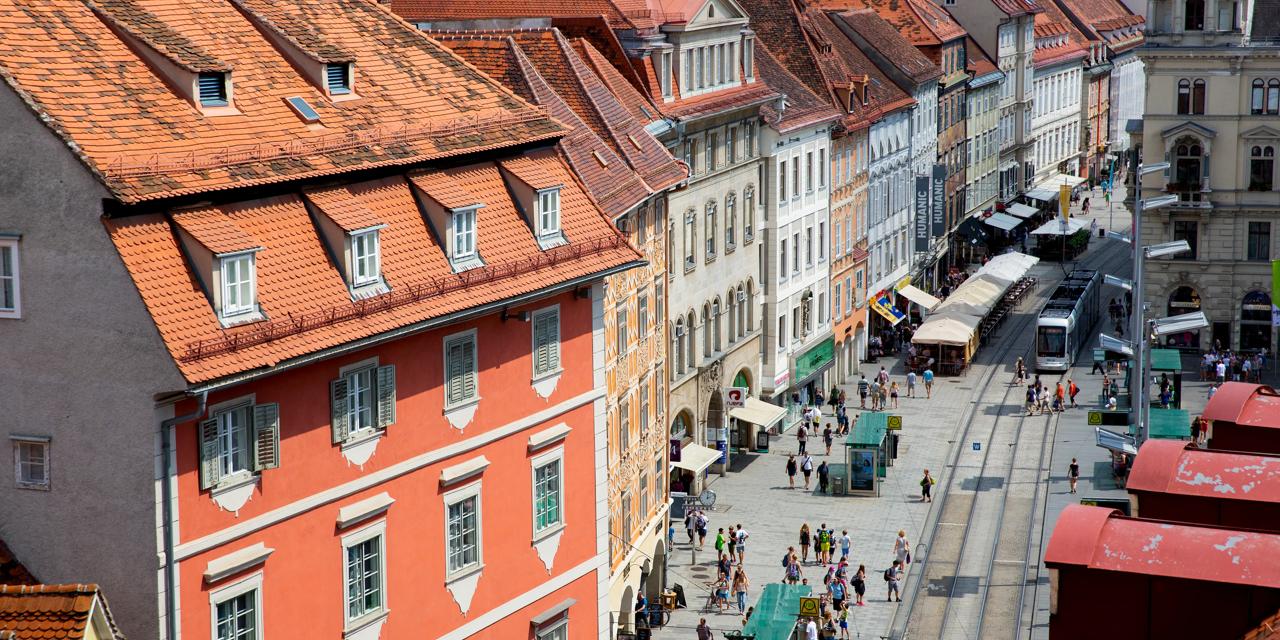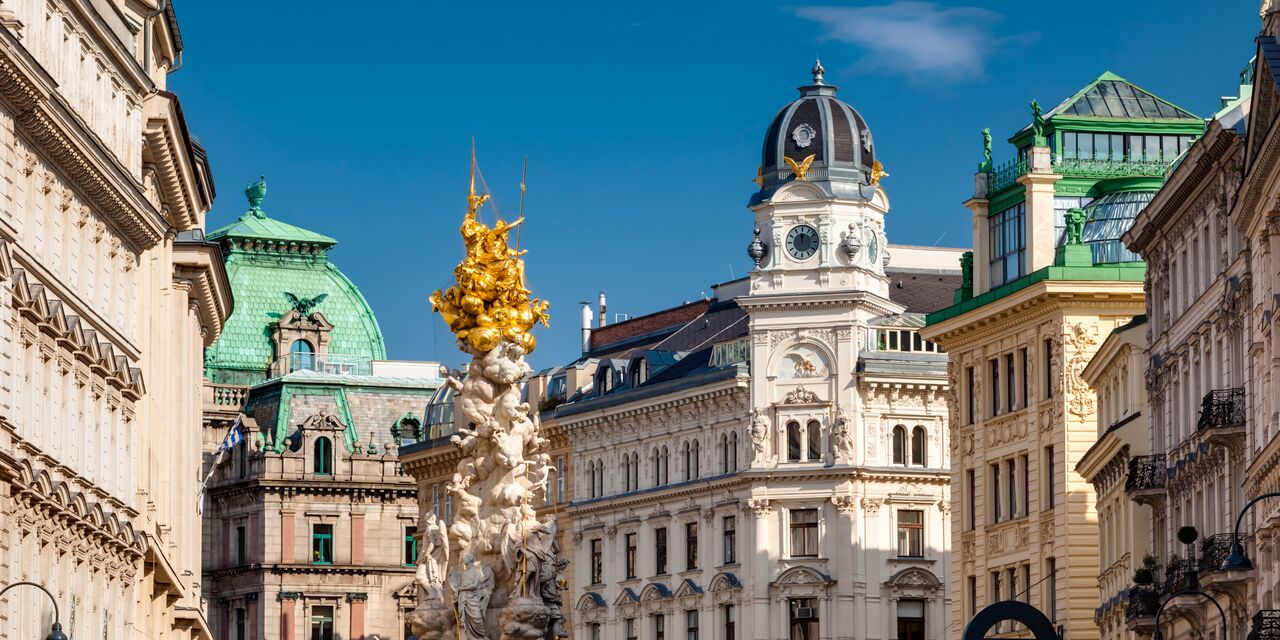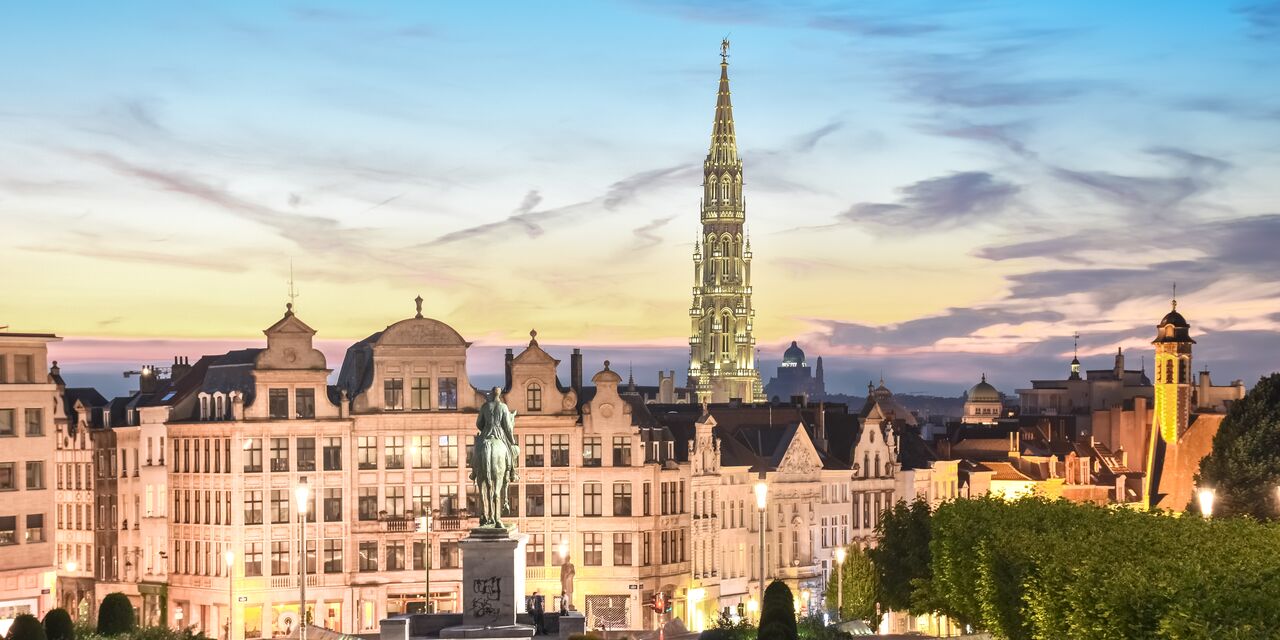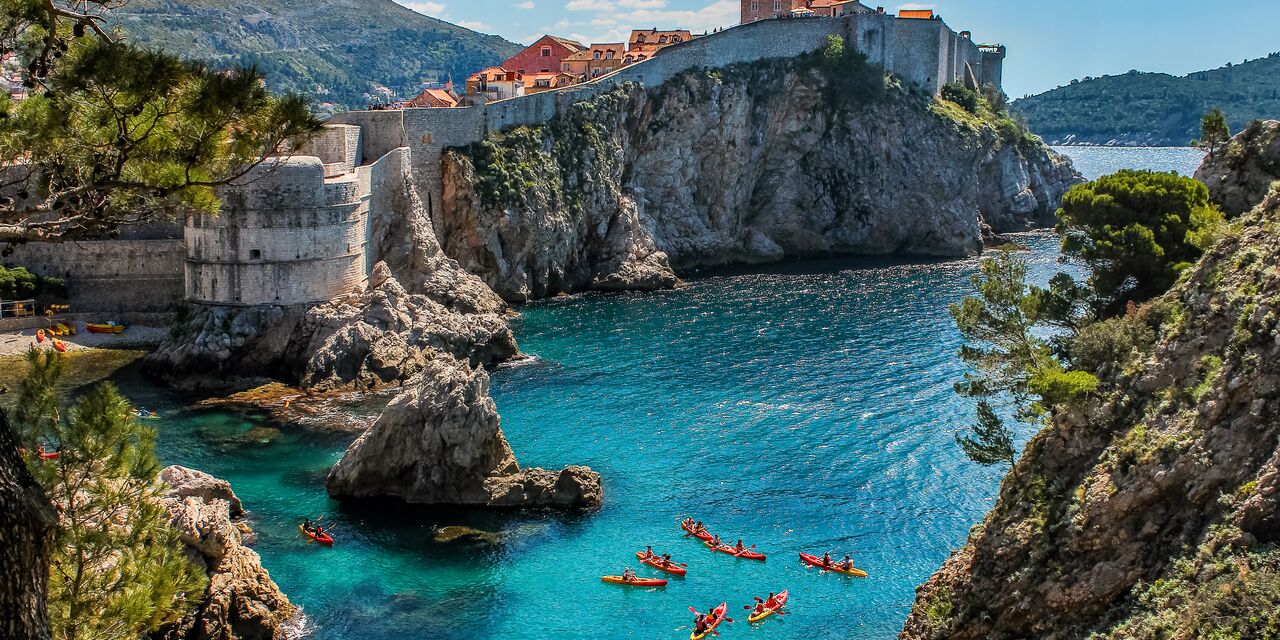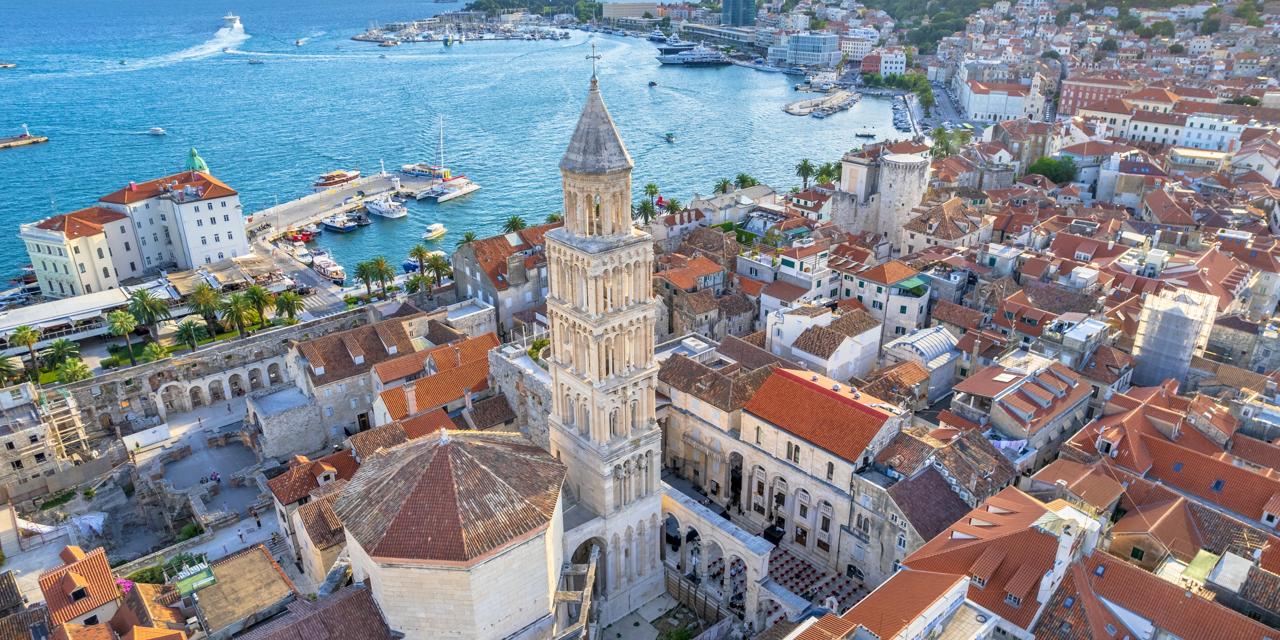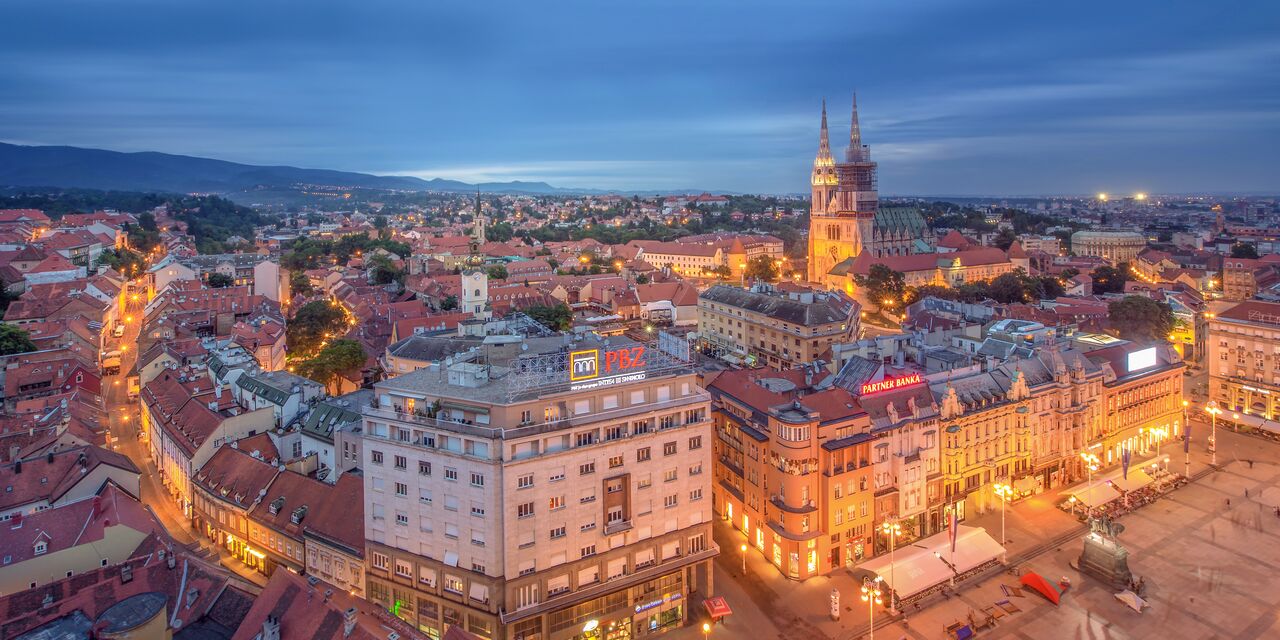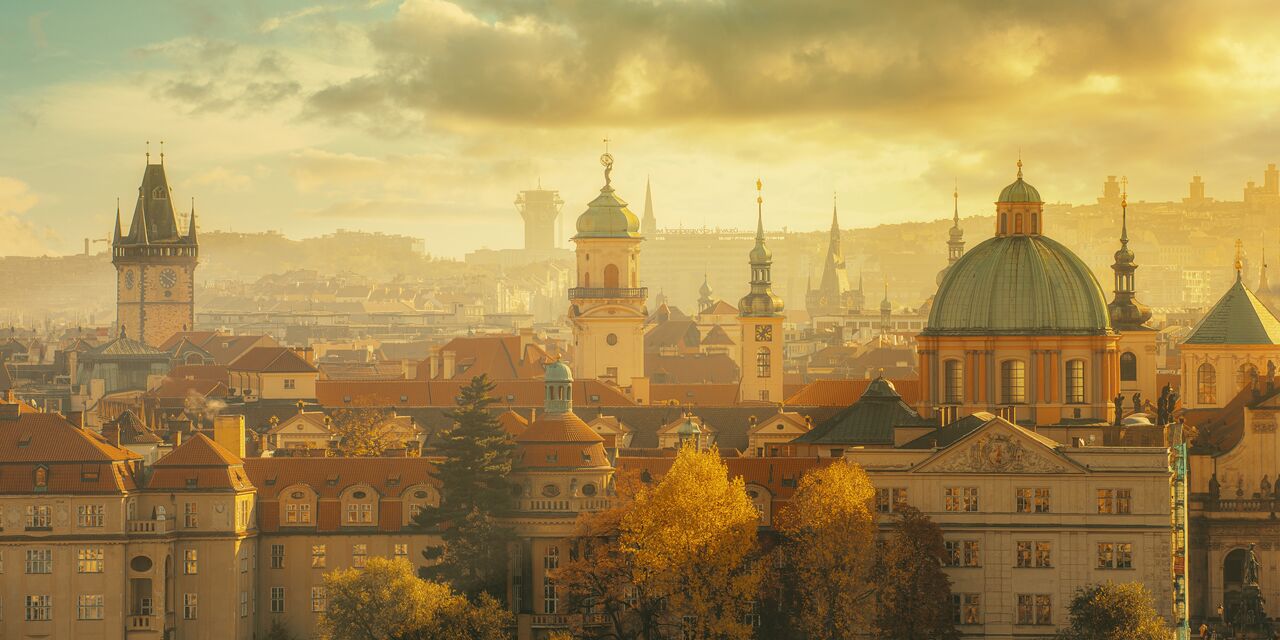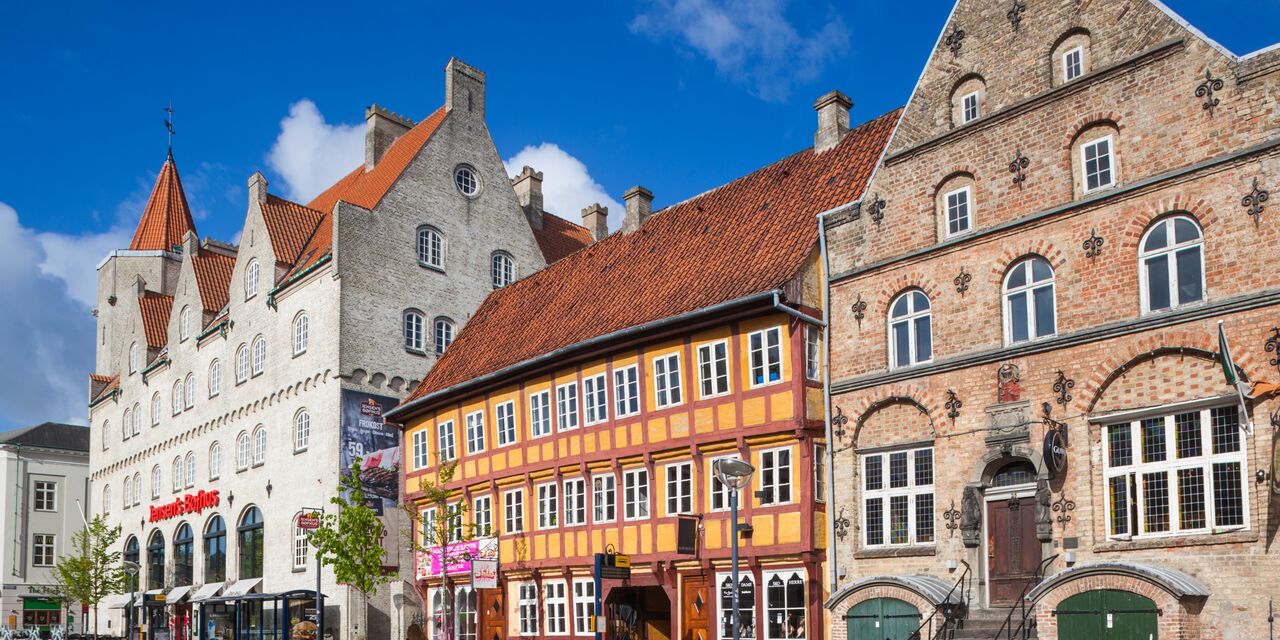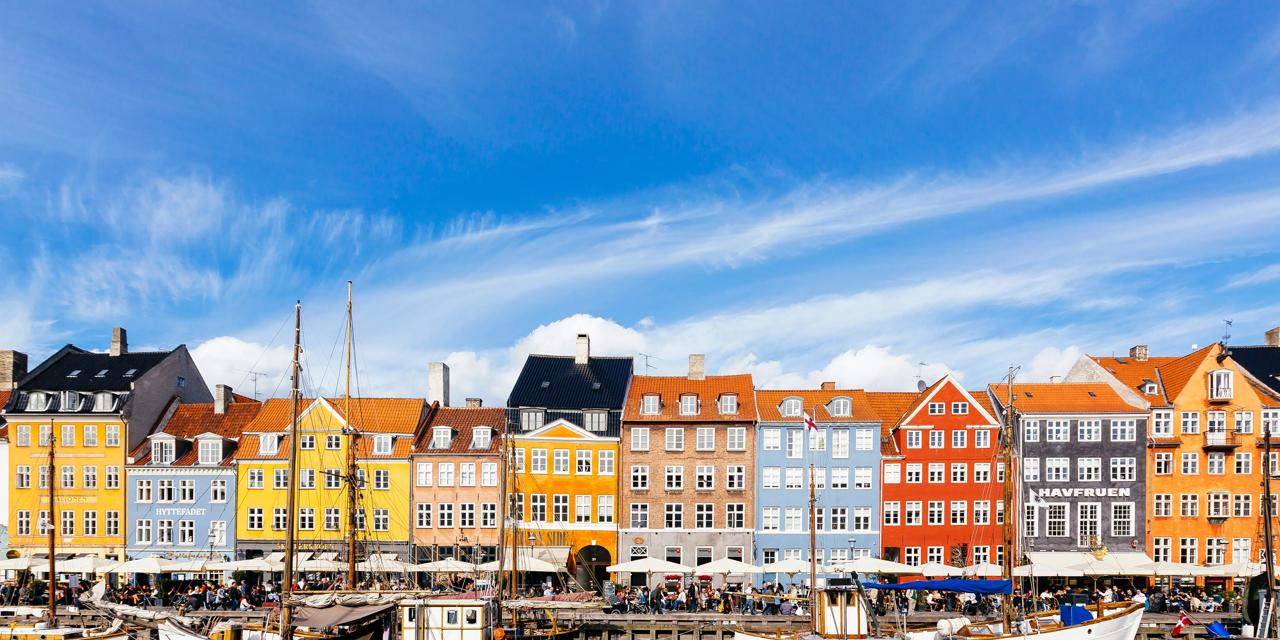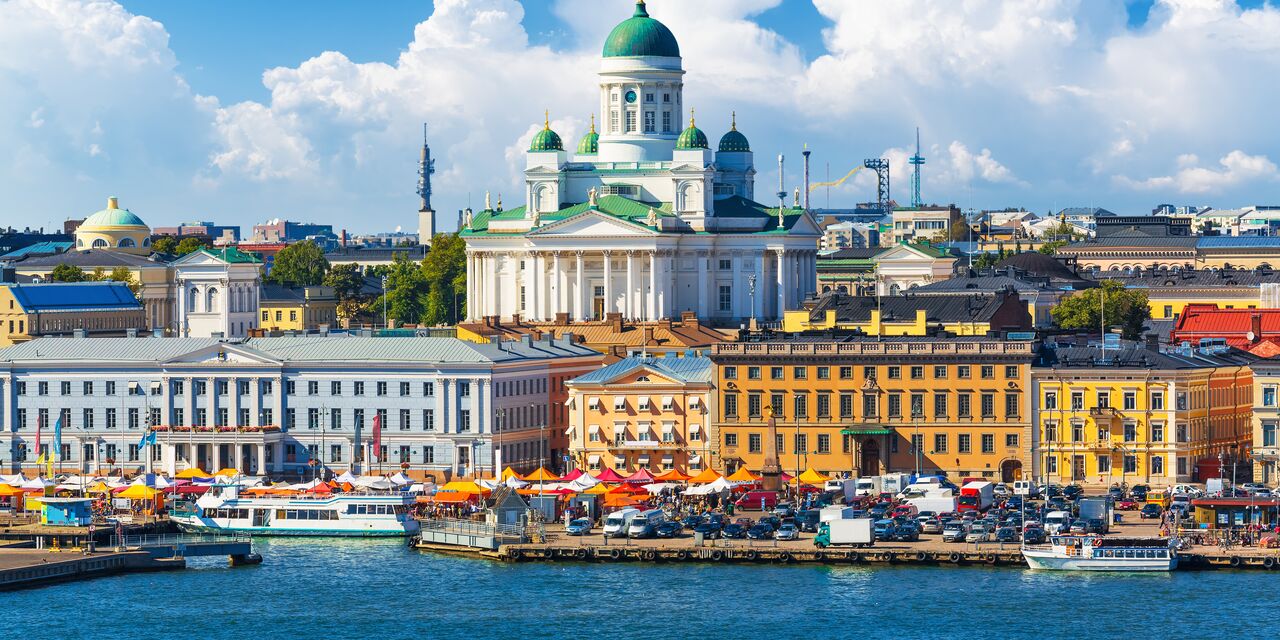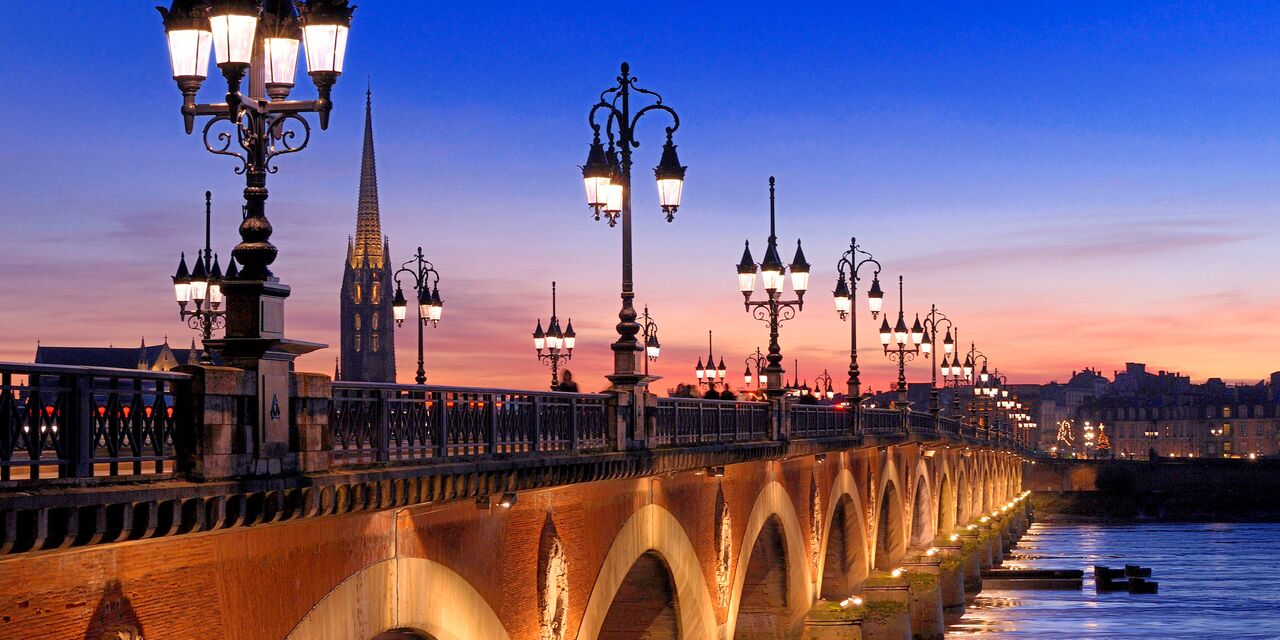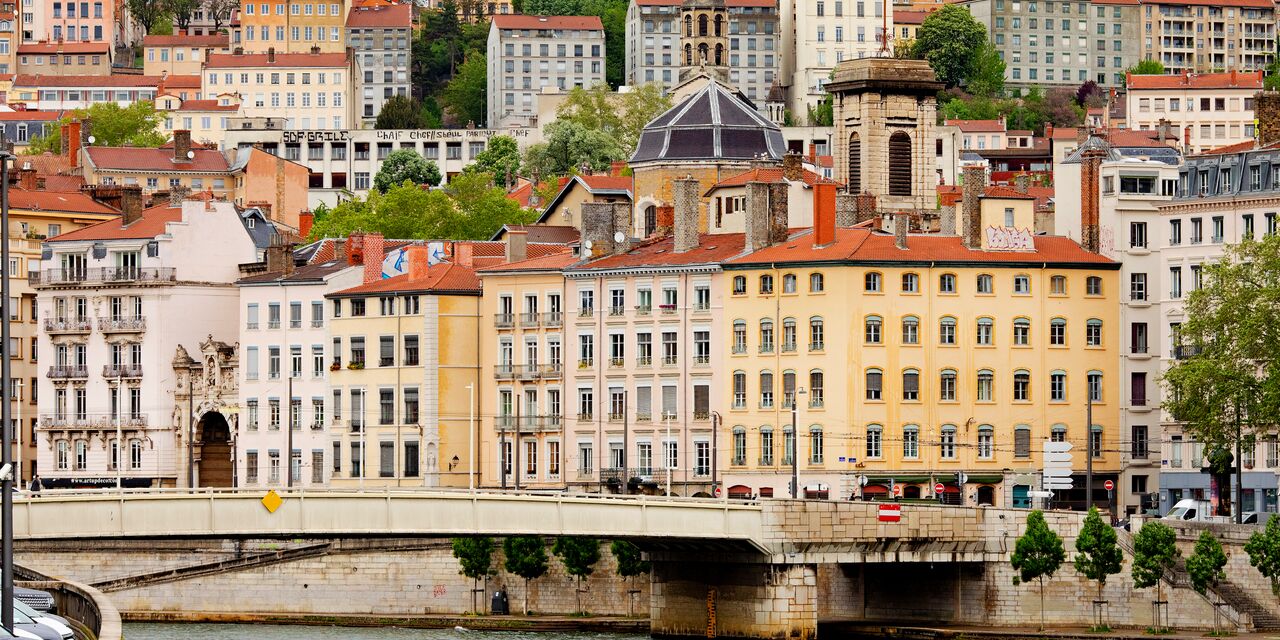The Brandenburger Tor: Berlin’s ultimate symbol of freedom
No place has played such a prominent role in Berlin’s turbulent history as the Brandenburger Tor (Gate). This is where it all happened: Napoleon’s triumphal procession, Nazi parades and Hitler’s grim speeches, a no-man's land during the Cold War, JFK’s visit, Ronald Reagan's speech and the spontaneous street celebrations after the fall of the Berlin Wall. Dive into Berlin’s turbulent history at its only remaining city gate.
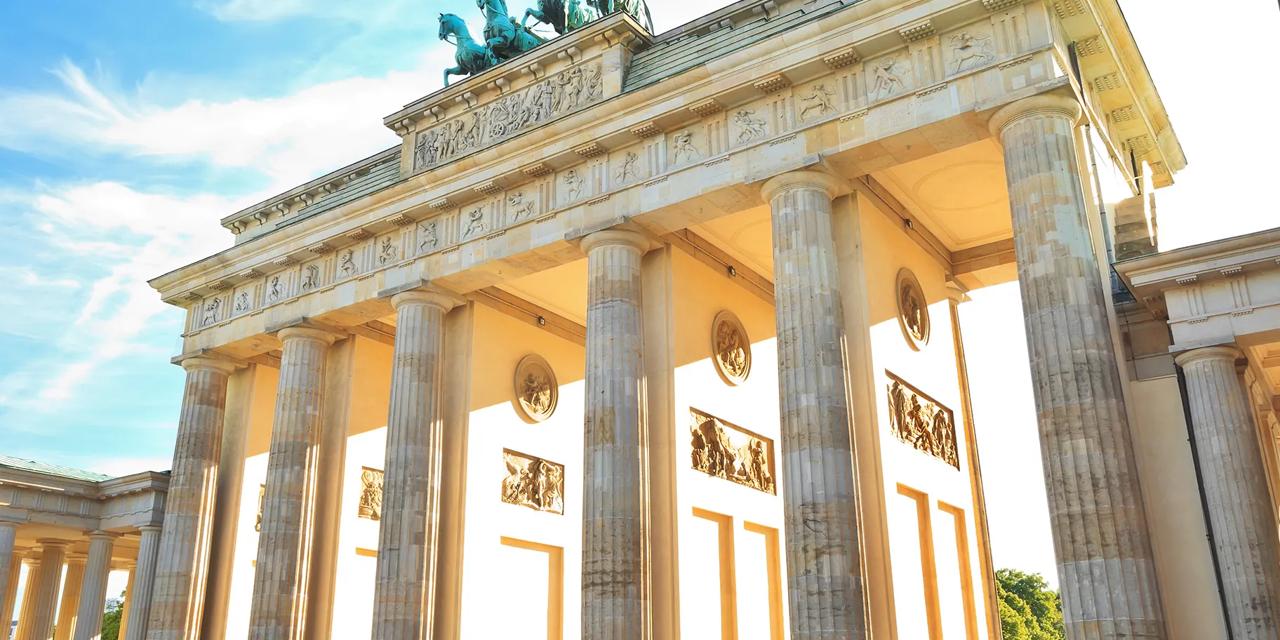
Three decades in the Kill Zone
Although today the Brandenburg Gate has become the symbol for freedom and German reunification, the Gate once represented Berlin’s division. In the 1950s, approximately 2.5 million East-Germans fled the GDR. To put an end to the ‘west’s practices of stealing people’, party leader Walter Ulbricht decided to lock up the people of East Germany. Construction of the Wall began at the Brandenburg Gate, which after World War II had ended up in the Soviet Zone. On the west side of the Gate, a front wall was built - a huge barrier of reinforced concrete. Several dozen metres away, on the east side of the Gate, a back wall was built with impregnable barbed wire. Suddenly the 18th-century city gate no longer stood in the middle of a bustling city, but in a no-man’s land full of watch towers, search lights, alarm installations and heavily armed Volkspolizisten. All other buildings in the 'kill zone' were abruptly demolished, but the Brandenburg Gate was a little too monumental, even for the GDR top brass. When after almost 4 decades the Berlin Wall fell, large crowds of East and West Germans gathered here to celebrate. A red line now marks the former location of the Wall.
Eirene, the centre of the battle
The quadriga that crowns the Brandenburg Gate has an equally eventful history. The bronze sculpture depicts a chariot with Eirene, the Greek goddess of peace, who drives the four horses with a Prussian staff and eagle in hand. After the French occupation of Berlin, Napoleon shipped the sculpture to Paris as a war spoil. After the Battle of Waterloo, the Germans triumphantly returned the sculpture to Berlin. During World War II, the allied troops fought hard to prevent the Russian flag from being hoisted by shooting Eirene to smithereens. However, another uprising followed and after a thorough restoration the chariot has been restored to its bronze-green glory.
Discover other destinations in Europe
*以上顯示一位成人的價格。所有金額均為 TWD。 包含稅項與額外費用。 不會收取預訂費用,但可能會收取付款附加費。 根據票價供應情況,顯示的票價可能會有所不同。 當您選擇付款方式後,會顯示最終的票價。
The weather forecast information is provided by World Weather Online. Air France-KLM is not responsible for the reliability of this data.

